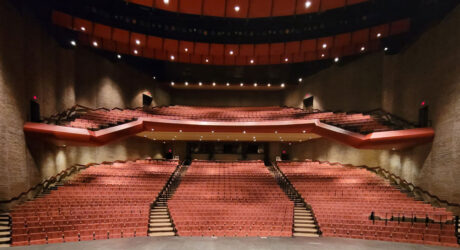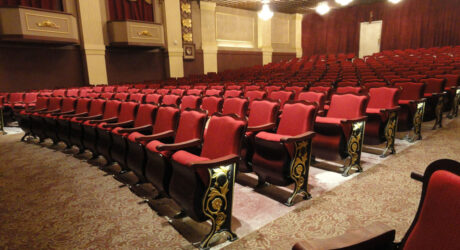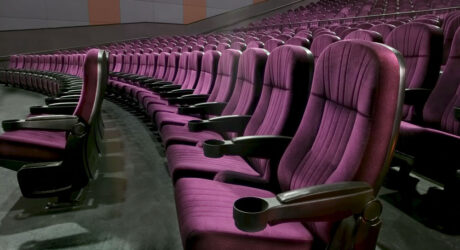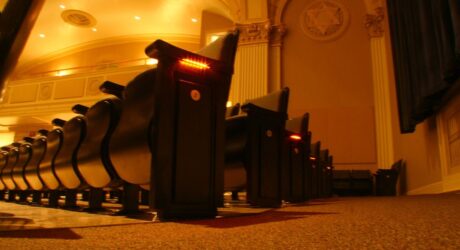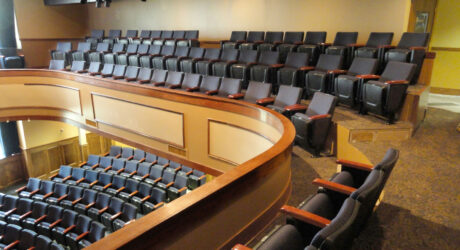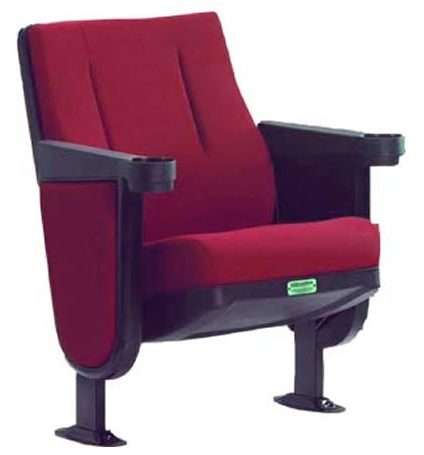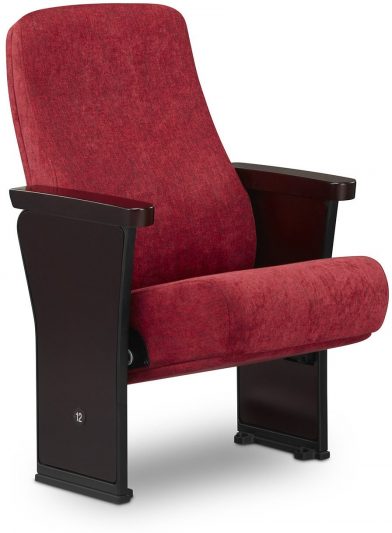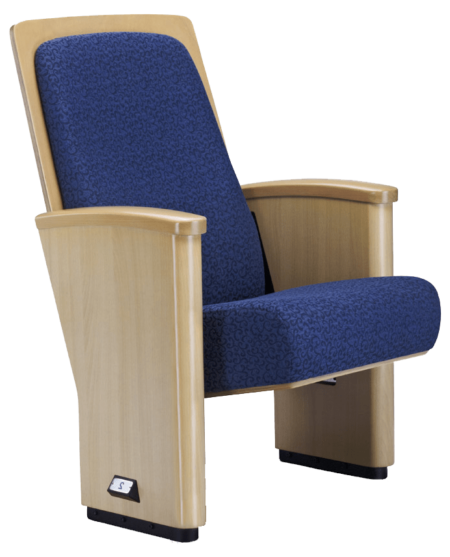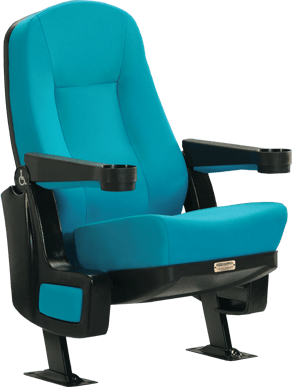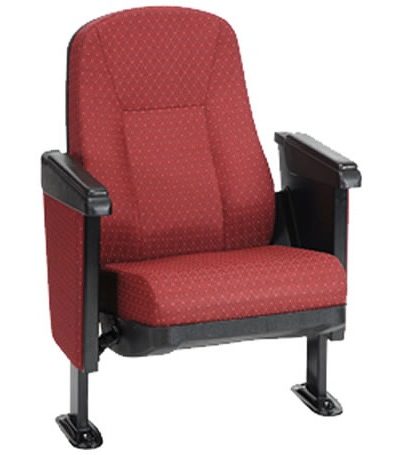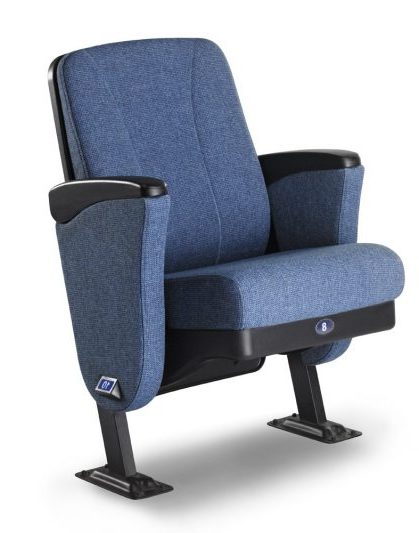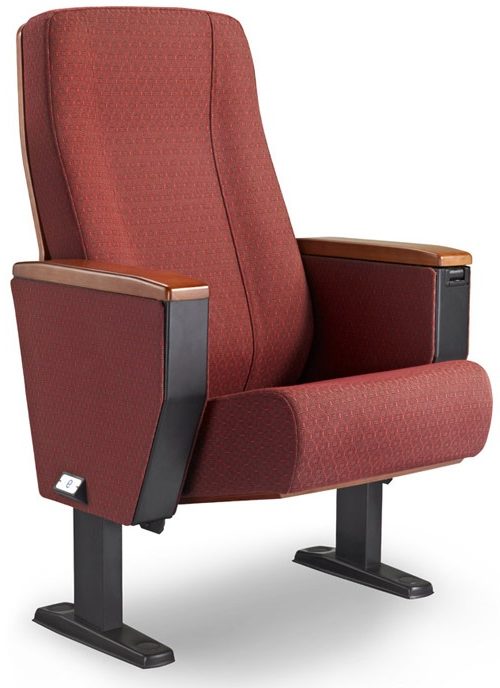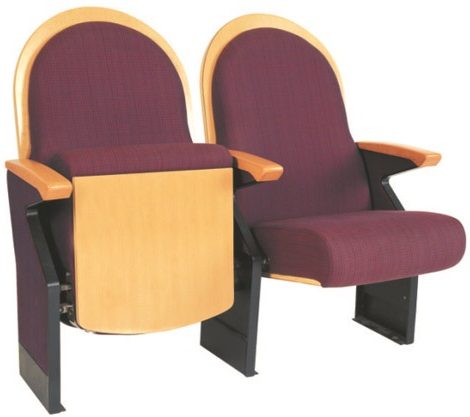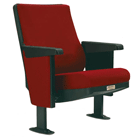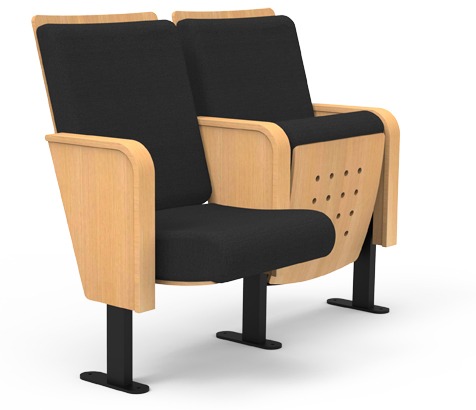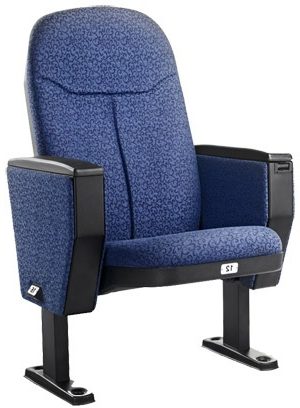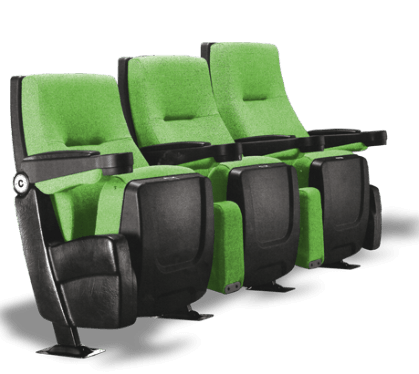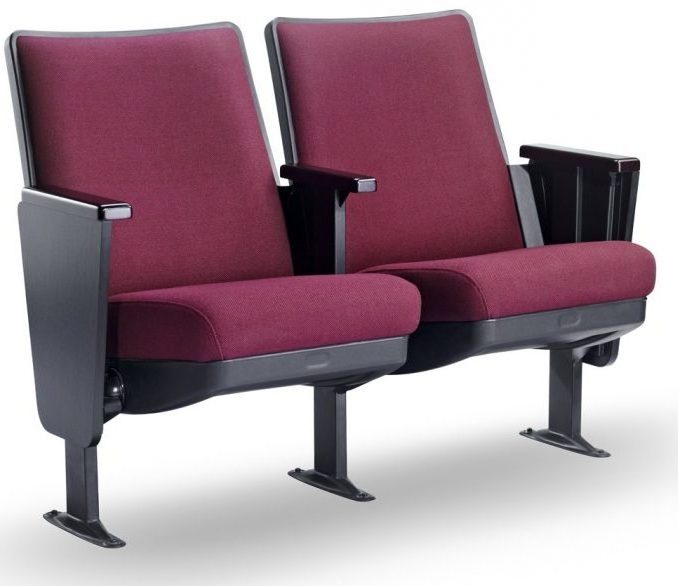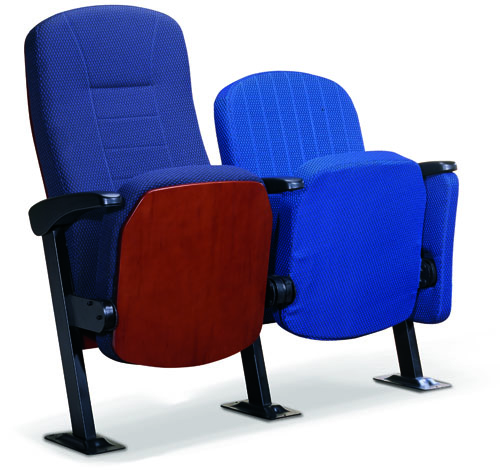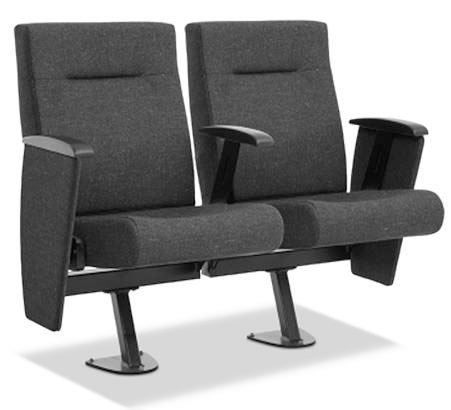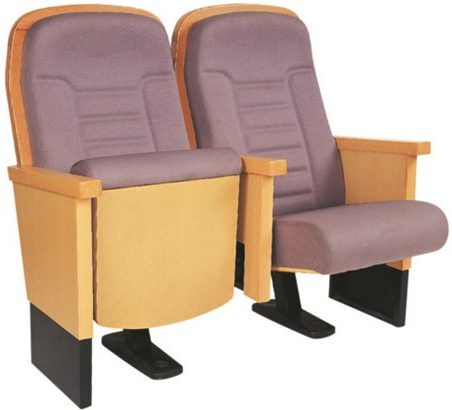The design and arrangement of seating in a sanctuary plays a crucial role in creating a space conducive to worship and spiritual connection. The traditional approach of fixed pews has been the standard for many years. However, as churches evolve and embrace diverse forms of worship, there is a growing recognition of the need for flexible and harmonious arrangements for seats. By rethinking sanctuary chairs, congregations can create spaces that promote inclusivity, comfort, and unity, facilitating a more enriching worship experience for all. Preferred services all of Nebraska, Omaha, Lincoln, Bellevue and all towns and rural areas.
Inclusivity and Accessibility
One of the key considerations in designing places to sit in a sanctuary is ensuring inclusivity and accessibility for all members of the congregation. Traditional pews often present challenges for individuals with disabilities or limited mobility. By embracing alternative options for seats, such as chairs with removable armrests or designated spaces for wheelchairs, deacons and pastors can create a welcoming environment where everyone can participate fully in worship services. Inclusivity in design promotes a sense of belonging and ensures that no congregant feels excluded due to physical limitations.
Flexibility and Adaptability
The evolving nature of devotions during a service calls for arrangements for sitting that are flexible and adaptable to different styles of worship. Fixed pews limit the possibilities for reconfiguring the space according to specific needs, such as intimate prayer circles, interactive discussions, or contemporary music performances. By incorporating movable chairs or modular systems for seats, sanctuaries can be transformed into a versatile space that can be easily customized to meet the requirements of various devotional services. This flexibility allows for a seamless transition between different styles of services, creating an environment where congregants can fully engage with the spiritual experience.
Comfort and Engagement
Comfort is a significant factor in designing sanctuary seating that promotes engagement and focus during services. Pews, with their rigid and often unpadded surfaces, can lead to discomfort and distraction, hindering congregants from fully immersing themselves in the experience. By prioritizing comfort through ergonomic designs, cushioned seats, and proper lumbar support, churches can create an environment where the congregation can concentrate on their spiritual journey without unnecessary physical discomfort. Being comfortable enhances engagement, allowing individuals to connect more deeply with the sermon, music, and prayers.
Unity and Fellowship
The arrangement of where to sit in a sanctuary can greatly influence the sense of unity and fellowship among congregants. Traditional pews, with their straight rows and fixed positions, may create a hierarchical and divided atmosphere. Alternatively, incorporating curved or circular sitting arrangements encourages a sense of togetherness, as the congregation can see and interact with each other more easily. This design promotes a spirit of community and fosters a shared worship experience. When congregants are seated in close proximity, they can support and uplift one another, reinforcing the bonds of fellowship.
Aesthetics and Sacred Atmosphere
The design of church sanctuary seating should also consider the aesthetics and overall sacred atmosphere of a sanctuary. The choice of materials for chairs, colors, and styles should align with the architectural aesthetics of the sanctuary. The goal is to create an environment that exudes reverence, tranquility, and beauty, enhancing the worship experience. By selecting options that harmonize with the overall design scheme, churches can create a space where congregants can feel inspired and connected to the divine.
Conclusion
Designing sanctuary seating is an integral part of creating a harmonious and inclusive worship space. By embracing alternative options for sitting that prioritize inclusivity, flexibility, comfort, unity, and aesthetics, an environment can be fostered that enhances the devotional experience for all congregants. As churches continue to evolve and adapt to the needs of their communities, reimagining where to sit in a sanctuary is a vital step towards creating a sacred space where congregants can come together in unity and fellowship.



